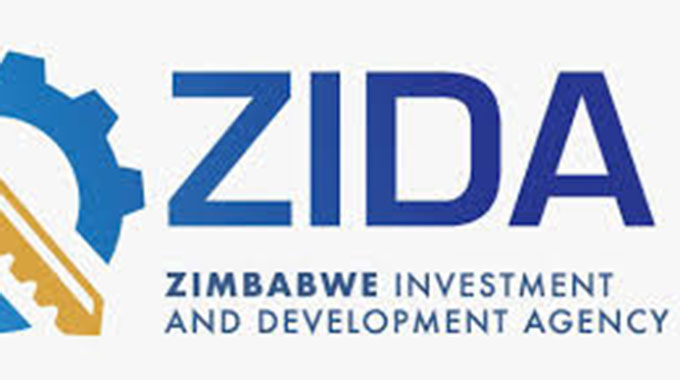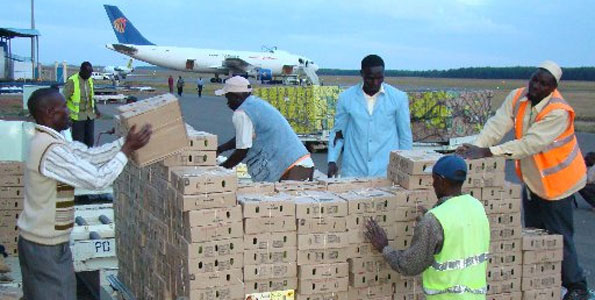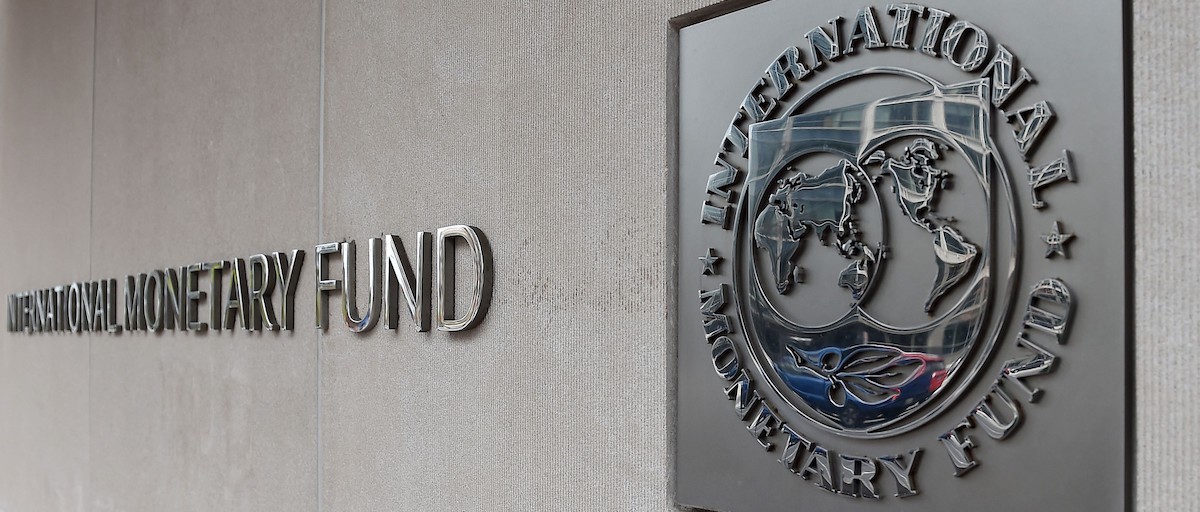IMF sees Zimbabwe economy recovering, but challenges remain
A recent mission by the International Monetary Fund (IMF) has painted a mixed picture of Zimbabwe’s economy, noting signs of recovery while also highlighting persistent challenges.
The IMF team, which concluded its visit on February 13, 2025, observed that Zimbabwe’s economy is starting to rebound after the El Niño-induced drought, which had slowed growth to an estimated 2 percent in 2024.
As Wojciech Maliszewski, who led the IMF mission, stated: “Zimbabwe’s economic activity has started recovering after the El Niño-induced drought. Growth slowed from 5.3 percent to an estimated 2 percent in 2024, as the drought lowered agricultural output by 15 percent.”
He also noted that this was “compounded by reduced electricity production and declining prices for key mineral exports (platinum and lithium).”
Despite these setbacks, the IMF acknowledged that “strong remittances continued supporting activity in domestic trade, services, and construction,” and that this, along with other factors, led to an improved current account surplus, estimated at US$500 million in 2024.
The IMF also noted the relative stability of the ZiG currency since the tightening of monetary policy in September 2024.
Maliszewski commented on the ZiG, saying: “The ZiG willing-buyer willing-seller (WBWS) exchange rate was stable from the ZiG’s introduction in April 2024—with the ZiG month-on-month inflation averaging 2.3 percent—until September, when the currency weakened. Relative stability returned with the tightening of monetary policy since September, and the WBWS and parallel market exchange rates have stabilised, and the gap between these rates has narrowed.”
However, they pointed out that “fiscal pressures intensified—owing, in large part, to the transfer of the RBZ’s quasi-fiscal operations to the Treasury,” leading to the accumulation of domestic expenditure arrears and emergency spending cuts.
Looking ahead, the IMF projects growth to increase to 6 percent in 2025, driven by a recovery in agriculture and projected improvements in the terms of trade. As Maliszewski stated, “Going forward, growth in 2025 is projected to increase to 6 percent, with the recovery in agriculture output due to better climate conditions and the projected improvement in the terms-of-trade.”
However, the IMF stressed that significant challenges remain and highlighted the need for adjusting the fiscal position to avoid monetary financing and new arrears. Managing risks stemming from off-budget operations, including the Mutapa Investment Fund are also areas of concern.
The IMF emphasized that international re-engagement is crucial for debt resolution and arrears clearance, which are prerequisites for accessing external financing. They acknowledged the Zimbabwean authorities’ efforts through the Structured Dialogue Platform (SDP) as key to attaining debt sustainability. Maliszewski noted that “International reengagement remains critical for debt resolution and arrears clearance, which would open the door for access to external financing.”
While the IMF continues to provide policy advice and technical assistance, it remains precluded from providing financial support due to Zimbabwe’s unsustainable debt situation and external arrears. Maliszewski explained, “The IMF is currently precluded from providing financial support to Zimbabwe due to its unsustainable debt situation—based on the IMF’s Debt Sustainability Analysis (DSA)—and official external arrears.” He added that “An IMF financial arrangement would require a clear path to comprehensive restructuring of Zimbabwe’s external debt, including the clearance of arrears and a reform plan consistent with durably restoring macroeconomic stability; enhancing inclusive growth; lowering poverty; and strengthening economic governance.”-ebsinessweekl









